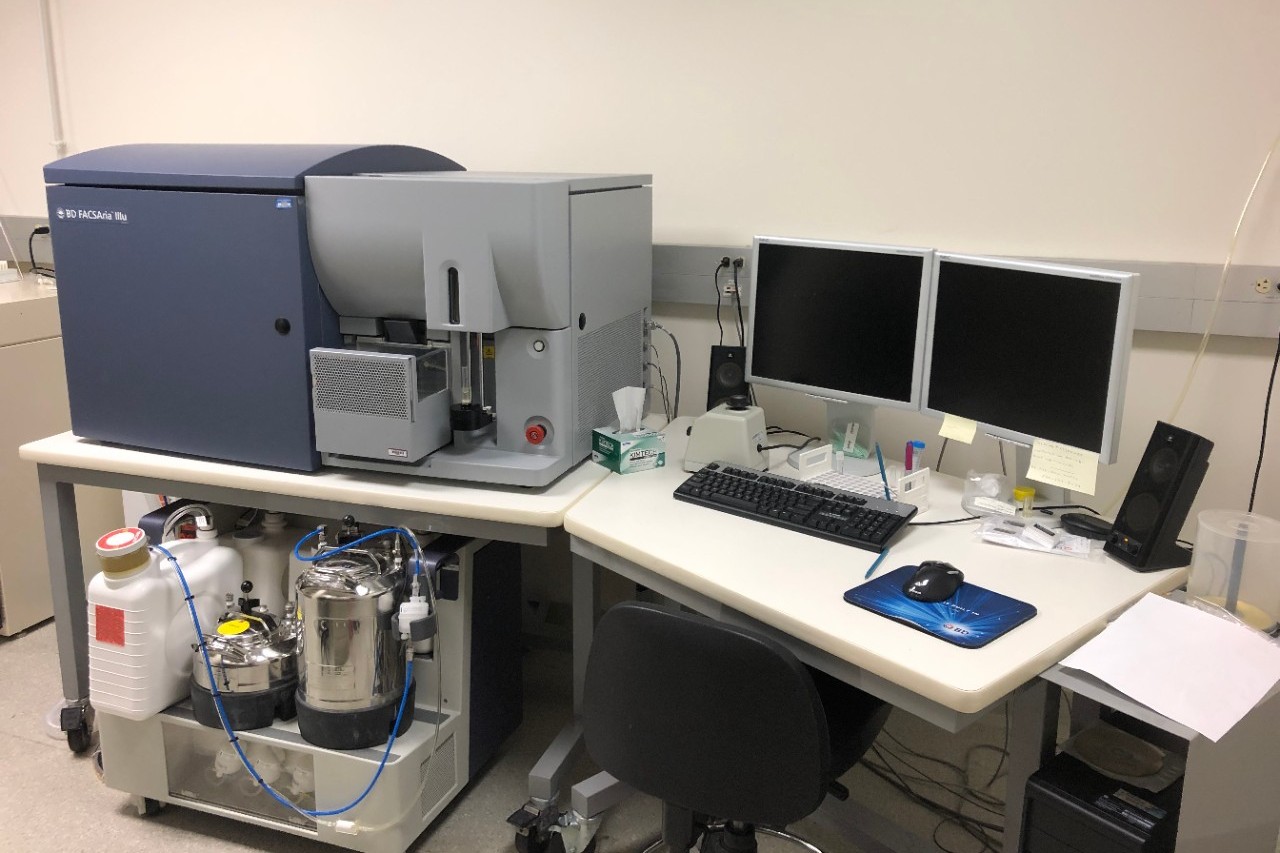
What is a flow cytometer? A flow cytometer is a powerful tool used in biology and medicine to analyze the physical and chemical characteristics of cells or particles. It works by suspending cells in a stream of fluid and passing them through a laser. As each cell passes through the laser, it scatters light and emits fluorescence, which is then measured and analyzed. This technology helps scientists and doctors count and sort cells, detect biomarkers, and even diagnose diseases. Flow cytometry can analyze thousands of cells per second, making it incredibly efficient for large-scale studies. Whether you're curious about how it works or its applications, these 25 facts will give you a deeper understanding of this fascinating instrument.
What is a Flow Cytometer?
A flow cytometer is a powerful tool used in laboratories to analyze the physical and chemical characteristics of particles in a fluid as it passes through at least one laser. This technology is widely used in various fields, including immunology, pathology, and molecular biology. Here are some fascinating facts about flow cytometers.
-
Flow cytometers can analyze thousands of particles per second, making them incredibly efficient for large-scale studies.
-
They use lasers to illuminate particles, which then emit light that is detected and measured.
-
The data collected can provide information on cell size, complexity, and the presence of specific markers on the cell surface.
How Does a Flow Cytometer Work?
Understanding the working mechanism of a flow cytometer can help appreciate its capabilities. Here are some key points about its operation.
-
A flow cytometer uses a fluidic system to align cells in a single file as they pass through the laser beam.
-
The laser light scatters when it hits a cell, and detectors capture this scattered light to provide information on cell size and granularity.
-
Fluorescent dyes can be attached to antibodies that bind to specific cell components, allowing for detailed analysis of cell properties.
Applications of Flow Cytometry
Flow cytometry has a wide range of applications in both research and clinical settings. Here are some of the most common uses.
-
It is extensively used in immunology to study the immune system and identify different types of immune cells.
-
In cancer research, flow cytometry helps in diagnosing and monitoring the progression of various cancers.
-
It is also used in stem cell research to identify and sort stem cells from other cell types.
Advantages of Using Flow Cytometers
Flow cytometers offer several benefits that make them indispensable in modern laboratories. Here are some advantages.
-
They provide rapid and accurate analysis of large numbers of cells.
-
Flow cytometers can analyze multiple parameters simultaneously, offering a comprehensive view of cell characteristics.
-
They are highly sensitive and can detect even small changes in cell properties.
Limitations of Flow Cytometry
Despite their many advantages, flow cytometers have some limitations. Here are a few to consider.
-
They require specialized training to operate and interpret the data correctly.
-
The initial cost of purchasing a flow cytometer can be high.
-
Maintenance and calibration of the equipment are essential for accurate results, adding to the operational costs.
Innovations in Flow Cytometry
Recent advancements have made flow cytometry even more powerful and versatile. Here are some of the latest innovations.
-
The development of multi-laser flow cytometers allows for the analysis of more parameters simultaneously.
-
Advances in software have improved data analysis and visualization, making it easier to interpret complex data sets.
-
Portable flow cytometers are now available, making this technology accessible in field settings and remote locations.
Interesting Facts About Flow Cytometry
Here are some additional intriguing facts about flow cytometry that highlight its versatility and importance.
-
Flow cytometry can be used to sort cells, a process known as fluorescence-activated cell sorting (FACS).
-
It can analyze not just cells but also small particles like bacteria and viruses.
-
Flow cytometry is used in marine biology to study plankton and other microscopic organisms in ocean water.
Future of Flow Cytometry
The future of flow cytometry looks promising with ongoing research and technological advancements. Here are some trends to watch.
-
Integration with artificial intelligence and machine learning is expected to enhance data analysis and interpretation.
-
Development of more affordable and user-friendly models will make flow cytometry accessible to smaller labs and educational institutions.
-
Advances in microfluidics are likely to improve the efficiency and accuracy of flow cytometers.
-
The potential for real-time, in vivo flow cytometry could revolutionize medical diagnostics and treatment monitoring.
The Final Word on Flow Cytometers
Flow cytometers are game-changers in science and medicine. They help researchers understand complex biological processes by analyzing cells quickly and accurately. These machines can identify different cell types, measure cell size, and even detect specific proteins. This makes them invaluable in diagnosing diseases like cancer and HIV.
Flow cytometers have evolved over the years, becoming more advanced and user-friendly. They now offer high-speed analysis, better accuracy, and more detailed data. This has opened up new possibilities in research and clinical applications.
Understanding how flow cytometers work and their capabilities can help you appreciate their impact on science and medicine. Whether you're a student, researcher, or just curious, knowing these facts can give you a better grasp of this fascinating technology. So, next time you hear about flow cytometry, you'll know just how important it is.
Was this page helpful?
Our commitment to delivering trustworthy and engaging content is at the heart of what we do. Each fact on our site is contributed by real users like you, bringing a wealth of diverse insights and information. To ensure the highest standards of accuracy and reliability, our dedicated editors meticulously review each submission. This process guarantees that the facts we share are not only fascinating but also credible. Trust in our commitment to quality and authenticity as you explore and learn with us.
